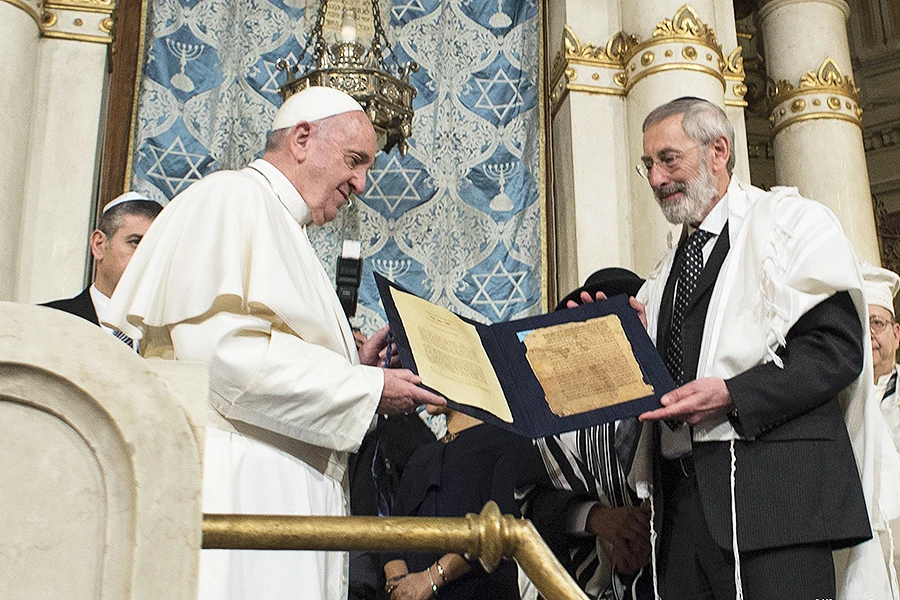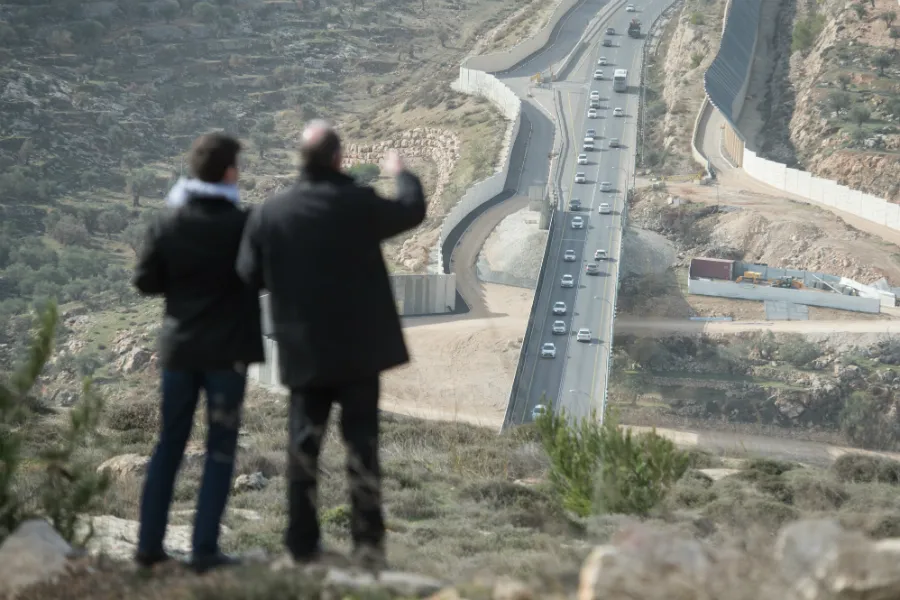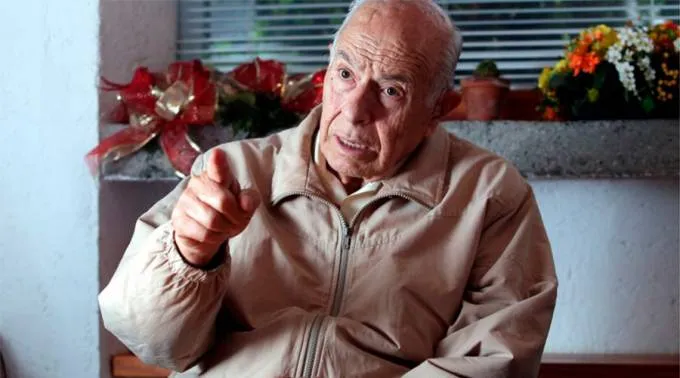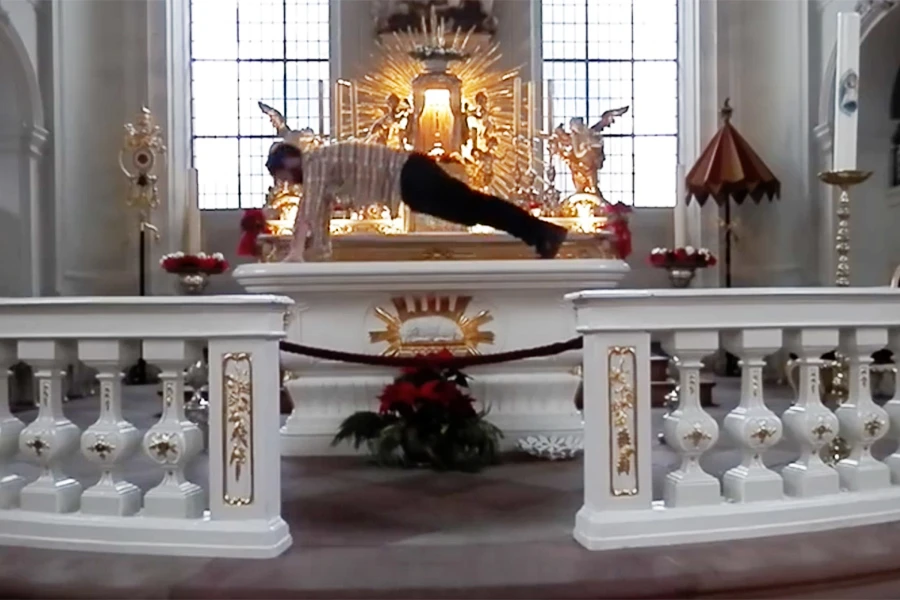
Rome, Italy, Jan 20, 2017 / 03:01 am (CNA/EWTN News).- Baroque Italian painter Artemisia Gentileschi is hailed as a ‘feminist icon’ based on her portrayal of the female ‘hero,’ who through violence enacts symbolic revenge against men, and her supposed defiance of Counter-Reformation taboos.
But the artist should actually be remembered for the significant role she played in supporting the Catholic revival of art in the wake of the Protestant Reformation, as well as for her depiction of the core Christian struggle between virtue and vice, Vatican art historian Elizabeth Lev argues.
Considered one of the most accomplished artists in the generation following Caravaggio, her work is currently showcased in an exhibit running through May 7 at Rome’s Palazzo Braschi, which brings 30 of her paintings together in a single space for the first time.
Born at the end of the 16th century, Artemisia Gentileschi’s life has become predominantly known for the unfortunate circumstance of her rape at the young age of 17 or 18, and the difficult trial which followed, Lev said.
It is this story which art historians have “hijacked” as the basis for claiming her as a feminist hero. But should they?
Anti-Church?
Many art historians “build a sort of feminist box around her,” Lev said.
“And the feminist box has no time for anything Christian, overlooking the fact that this is a young woman who is working in the heart of Counter-Reformation art. Art patrons in that period are all on board with the Counter-Reformation.”
The Counter-Reformation, also called the Catholic Reformation, was the Catholic Church’s efforts to revive and truly reform Catholicism in Europe following the Protestant Reformation.
One of the Church’s many reforms during this period was a renewed effort toward funding the creation of sacred art, especially in the face of Protestants’ iconoclasm, the destruction of religious images.
Artemisia’s career first took off in the Medici court in Florence, “where you have a circle of people who are deeply involved in the Church’s Catholic response to the Reformation,” Lev said.
Reforming the Church through art and beauty “is a very, very important thing to the Church” at this time. Patrons continue to commission art “in the face of the Protestant iconoclasm,” but the art they commission “can’t be part of the problem, it has to be part of the solution,” she explained.
“You need to find artists who make works of art that are inspiring, that are exciting, that are stimulating, that are new, but that are also directing the correct message in an extremely difficult time” for the Church.
One of the reasons Artemisia was so successful is because this is, in fact, what she did, Lev explained: “She’s not going to be successful in Italy if she’s producing art about how much she hates the Catholic Church.”
“And I think it’s very foolish, arrogant, and generally, not very critical, to assume that Artemisia Gentileschi is succeeding in producing all these works that are anti-Church and selling them to Church patrons.”
Caravaggio’s influence
Despite her success, Artemisia was only “in the second generation of women breaking into art,” Lev noted, “so it’s a struggle no matter how you look at it.”
This is why Caravaggio’s “innovative view, his light/dark contrast, his sense of struggle, his intense graphic passion, would appeal to her, and be kind of attractive as an art form.”
Artemisia’s paintings are also compared to Caravaggio’s in their treatment of the human form, chiefly the female: Artemisia’s women are portrayed less idealistically than many of Caravaggio’s. (Though Caravaggio himself was innovative in this respect.)
“But when you put one of her works next to Caravaggio’s works, you’ll see, that particularly in draftsmanship of hands and of anatomy, she’s superior,” Lev said, noting Artemisia’s considerable skill.
Because Artemisia was a follower of Caravaggio, it is interesting to note both their similarities and their differences. For example, it is common to compare the artists’ depictions of the Old Testament story of Judith beheading Holofernes.
In Caravaggio’s, Judith is “beautiful, she’s drop-dead gorgeous,” Lev said. The Judith by Artemisia, on the other hand, “is far puffier,” which is a more realistic representation of how women looked in the 16th century, since their diets were mainly composed of starch and sugar.
Additionally, the posture of the two Judiths differs. In Artemisia’s, the nurse is helping to hold down Holofernes, and Judith has her knee up on the bed, one arm visibly restraining him, the other struggling to cut his neck with the sword. Artemisia’s is also far messier, with blood spraying everywhere.
This isn’t to say that Artemisia’s ‘Beheadings’ (she made more than 20) are objectively better than Caravaggio’s. He had his own things to say in his paintings, Lev said.
But Artemisia’s “is really hands-on messy; blood is splattering on her robes, on her face. It’s messy, messy, messy – all of her ‘Beheadings’ are messy.”
A Catholic perspective
In the context of religious art, the image of Judith and Holofernes has always been about virtue conquering vice, Lev said. “
“That’s the whole point of the story, the whole point of the painting,” and why so many were made during the Counter-Reformation.
What Lev sees as the point of these paintings is that “to conquer vice, to conquer sin … is a messy, dirty job.”
“There is nothing easy about conquering our desire towards lust, dishonesty, power, whatever it is that we have to fight now,” Lev said. Just like Judith in the painting, “it involves rolling up your sleeves, getting splattered in the mud and fighting it down.”
“I think that’s what makes Artemisia so exciting,” she continued. “This is a woman who understands, the same way Caravaggio does, that battling sin, we don’t all get to look like St. Michael, with the perfect skin and the perfect curls.”
The repentant sinner
Another favorite subject of Artemisia’s is Mary Magdalene, Lev said. For every heroine “sawing off the head” that she painted, she also painted an image of Mary Magdalene; the number of paintings only differing by one or two.
 Artemisia’s “Conversion of the Magdalene” (c. 1620)
Artemisia’s “Conversion of the Magdalene” (c. 1620)
As the image of repentance, Lev continued, St. Mary Magdalene “rises to the highest echelons of art in the Counter-Reformation, together with St. Jerome.”
While St. Jerome was preferred in Rome because he’s a model for priests, bishops, and cardinals, Mary Magdalene “becomes the model for every other person in the world.”
Lev said that she finds Artemisia’s interest in representing this model of the repentant sinner to be “savagely ignored by feminist art historians.”
“I think that that is one of the very important parts that is overlooked, but that fits in perfectly with the Catholic restoration mentality,” she stated.
Lev said that people don’t even seem to bother looking at her from that perspective today, and instead simply conclude that the content of her paintings must be connected to the tragic events in her life.
But the “real struggle is not coming to terms with an injustice that happened to her, because injustices happen to us every single day – that’s not her real struggle. The real struggle that everyone has in that period – and they make that plain to you every minute of every day – is who are you before God and who are you going to be at the last day?”
“Her paintings accompany that struggle. And particularly for women. And so she is a magnificent role model for feminists,” Lev noted, “but for feminists who want to learn to work with God’s plan, instead of railing at some Church that won’t let them be priests.”
 […]
[…]









